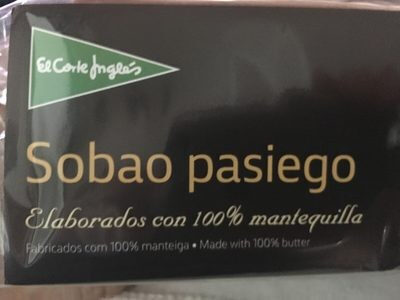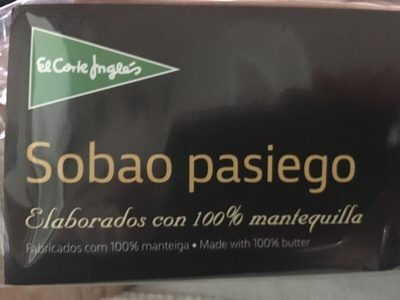Sobao pasiego - El Corte Inglés - 650g, 4 unidades
This product page is not complete. You can help to complete it by editing it and adding more data from the photos we have, or by taking more photos using the app for Android or iPhone/iPad. Thank you!
×
Barcode: 8433329001847 (EAN / EAN-13)
Common name: Sobao
Quantity: 650g, 4 unidades
Packaging: es:Individual
Brands: El Corte Inglés
Categories: Plant-based foods and beverages, Plant-based foods, Cereals and potatoes, Bakery products, Spanish bakery products, es:Sobao Pasiego
Labels, certifications, awards: es:100 % mantequilla
Origin of ingredients: es:Cantabria
Manufacturing or processing places: Maliaño, Cantabria
Stores: El Corte Inglés
Countries where sold: Spain
Matching with your preferences
Environment
Packaging
Transportation
Report a problem
Data sources
Product added on by openfoodfacts-contributors
Last edit of product page on by vaiton.
Product page also edited by 99fran, kiliweb, musarana, thaialagata, yuka.Ia9DJ-yMGJB4TcDc15IK-gOZN97FEvsHCCQjog, yuka.U0lZYVRhRWJ0S1EwbGNjeTN3L1F4dTlmMTUyVFhXZTJDZk1TSVE9PQ.








